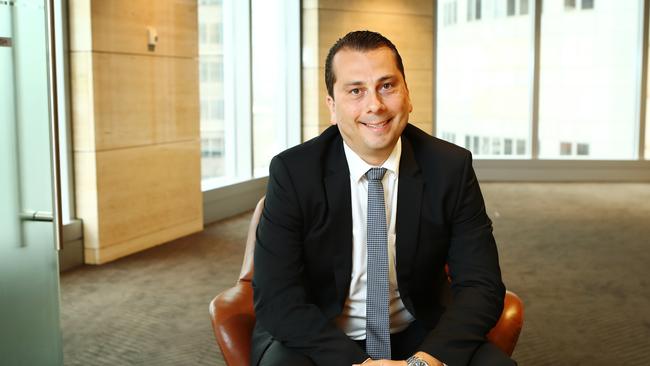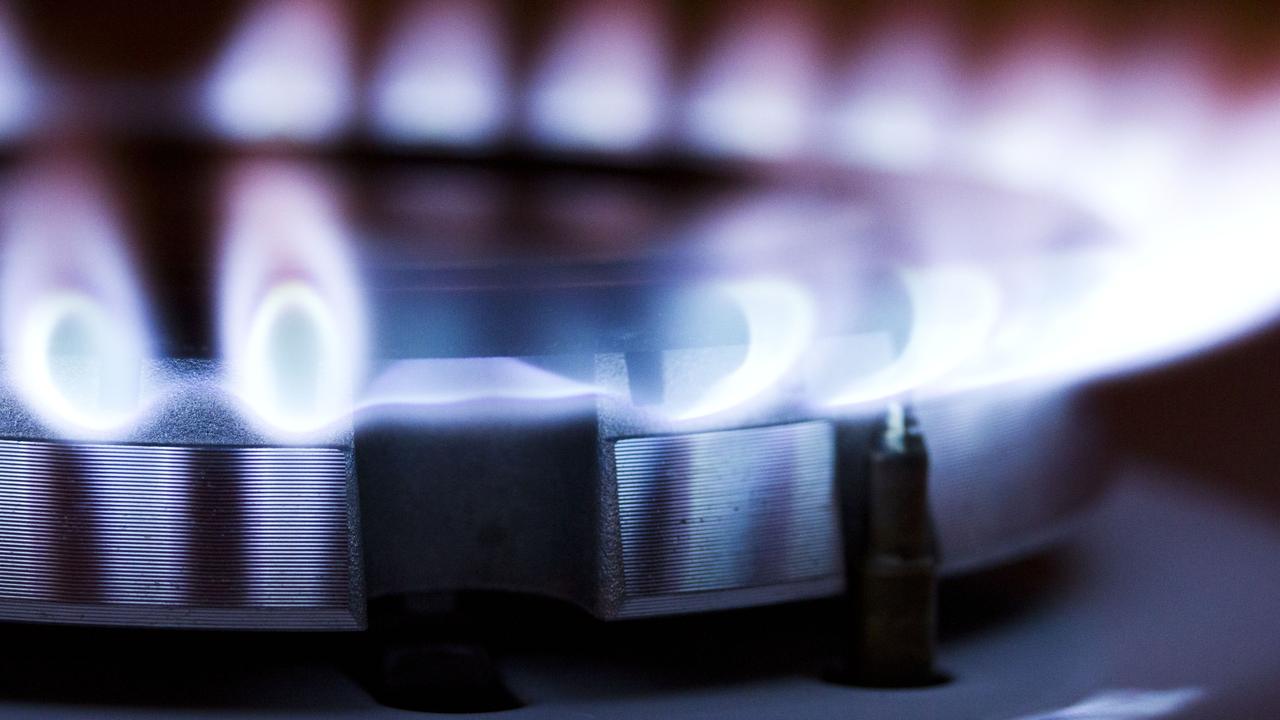Why the RBA may hold fire on rate hikes after ABS inflation print
Wednesday’s inflation numbers could lead the Reserve Bank to position for a pause on rates as early as next month, UBS says.

Business
Don't miss out on the headlines from Business. Followed categories will be added to My News.
UBS expects the Reserve Bank to “position for a pause” in its interest rate hikes if Wednesday’s release of December quarter CPI data show inflation didn’t rise as much as the central bank expected.
Market economists expect the quarterly change in the CPI to slow to 1.6 per cent from 1.8 per cent.
The annual rate is expected to accelerate from 7.3 per cent to 7.6 per cent.
That would be the highest inflation rate in Australia since 1990, but significantly below the RBA’s forecast of 8 per cent for the December quarter.
UBS believes a lower-than-forecast CPI – combined with the slight weakening in December employment data, and expectations of a further slowing in the pace of US interest rate hikes — will be enough to see the RBA lower its inflation forecasts and stop increasing rates from next month.
Below-consensus inflation or a dovish signal on interest rates – such as a smaller-than-expected hike next month, lower inflation forecasts or less-hawkish interest rate guidance from the RBA – would be welcome news for households battling the rising cost of living which has been exacerbated by rising interest costs. The RBA boosted the cash rate from 0.1 per cent to 3.1 per cent last year.
It would also be further good news for the local share market after a 6 per cent year-to-date rise on the back of cooling US interest rate expectations and China’s economic reopening.
At Monday’s close of 7457.3 points, the S&P/ASX 200 was just 2.3 per cent below its record high.
“The RBA’s (inflation) profile is well above consensus and our view,” said UBS Australia chief economist, George Tharenou. “Such a large downgrade would likely see the RBA project a return of CPI to their 2-3 per cent on-year target, and allow them to position for a pause of rate hikes ahead.”
The RBA’s most recent inflation forecasts predicted inflation would hit 8 per cent in the December quarter and remain above the 2-3 per cent target band, at 3.2 per cent, at the end of 2024.
Like most economists, Mr Tharenou sees the RBA announcing another 25 basis point lift in the official cash rate to a fresh decade high of 3.35 per cent at its meeting next month.
But while most economists and traders see the central bank further increasing the cash rate to a peak of 3.6 per cent in the coming months, Tharenou expects 3.35 per cent to be the peak, barring another jump in minimum and award wages this year.
“We look for their Statement to soften the ‘tightening bias’, to something like ‘The Board expects an increase in interest rates may still be necessary over the period ahead, but the lower CPI outlook provides scope to consider a period of steady rates’”, Mr Tharenou said.
“This is especially after December’s weaker employment data, and our expectation for the Fed to slow to 25 basis points hikes ahead.”
A lower energy price assumption for 2023 – the RBA previously projected a 20-30 per cent increase in retail electricity and gas prices — would be another reason for them to downgrade, according to Tharenou.
He said the “key upside risk” to his view on the CPI and interest rates is the possibility of the minimum and award wage decision in June-23 being linked, once again, to the CPI.
“This could force the RBA to lift rates further in mid-23, despite sharply slower growth seeing rising unemployment,” Tharenou warned.
The December quarter is expected to mark seven quarters of year-on-year CPI inflation above the 2-3 per cent target band, although that follows almost seven years of below target inflation.
CBA also said the annual rate of inflation should peak at a lower-than-expected 7.7 per cent in the December quarter, and inflation pressures should “abate relatively swiftly in 2023”.
“Monetary policy operates with a lag and inflation takes time to respond to changes in interest rates,” said CBA’s Head of Australian Economics, Gareth Aird.
“We expect this data to show that inflation pressures remained very strong over the December quarter, albeit we think the headline data will not be as strong as the RBA’s implied profile.”
While expecting another 25 basis point lift in the cash rate at next week’ meeting, he said “it is not a done deal, particularly as the RBA has indicated they are willing to pause in the tightening cycle.”
It came as Citi analysts said the impact of a looming “mortgage cliff” in Australia is “overstated”.
In a note on the Australian retailing sector, Citi analysts Adrian Lemme and James Wang said this will only impact about one in 10 households. Of these, about 60 per cent are in the two highest income quintiles, which are enjoying record high savings rates and the best growth in incomes.
“Therefore, low to middle income earners facing this mortgage cliff represent only about 4 per cent of all households,” they said.
“Moreover, even these households are better placed to manage this transition given their higher rates of saving than pre-Covid.”
Originally published as Why the RBA may hold fire on rate hikes after ABS inflation print



